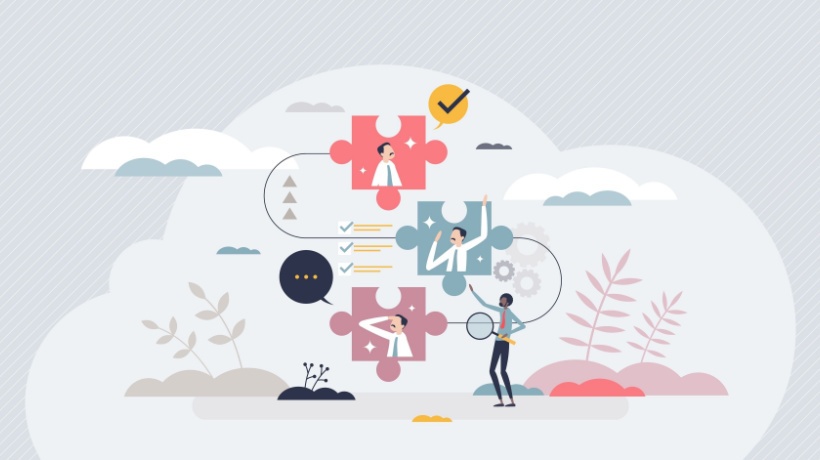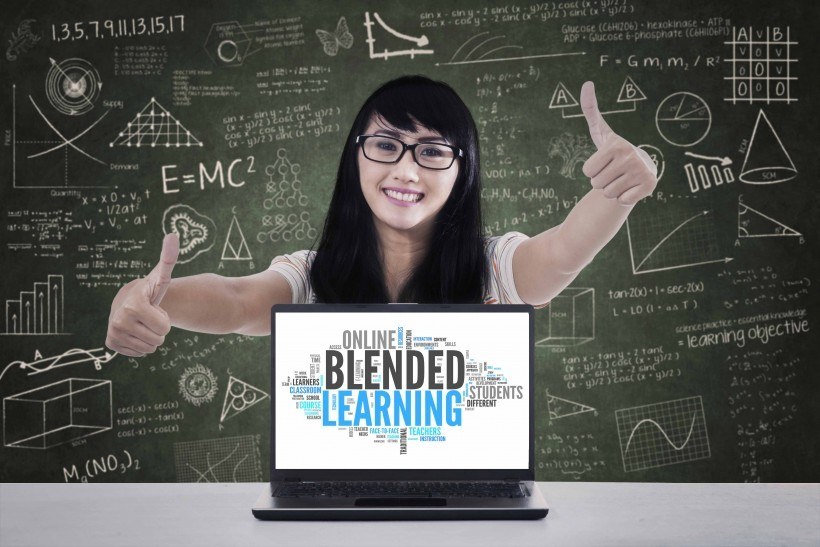Learning Models For Enhancing Employee Onboarding Process
David Kolb's experiential learning theory is a widely used model in the field of education and organizational development. The model suggests that learning is a cyclic process involving four stages: concrete experience, reflective observation, abstract conceptualization, and active experimentation. Applying Kolb's experiential learning theory to onboarding employees can enhance the effectiveness of the onboarding process. Here's how you can do it:
David Kolb's Experiential Learning Theory
Concrete Experience
- Hands-on activities
Provide new employees with hands-on experiences relevant to their roles. This could include job shadowing, interactive training sessions, or simulations. - Introduction to workplace culture
Allow new employees to experience the organization's culture through activities such as team-building exercises or social events.
Reflective Observation
- Group discussions
Encourage new employees to participate in group discussions or debrief sessions after certain activities. This helps them reflect on their experiences and share insights with colleagues. - Mentorship programs
Pair new employees with experienced mentors who can guide them and facilitate reflective conversations about their onboarding experiences.
Abstract Conceptualization
- Training modules
Provide formal training sessions that focus on the theoretical aspects of the job. This could include presentations, workshops, or eLearning modules. - Case studies
Use case studies to help employees understand the broader concepts and principles related to their roles within the organization.
Active Experimentation
- Real-world assignments
Assign tasks or projects that allow new employees to apply their learning in real-world scenarios. This could involve problem-solving exercises, role-playing, or small projects. - Feedback mechanisms
Establish a feedback loop where employees receive constructive feedback on their performance and have opportunities to refine and improve their skills.
Integration Of Learning Styles
Recognize that individuals may have different preferred learning styles (e.g., converging, diverging, assimilating, accommodating). Provide a variety of learning materials and methods to accommodate these preferences. Use assessments or surveys to understand employees' learning styles and tailor onboarding experiences accordingly.
Continuous Improvement
Regularly assess the effectiveness of the onboarding program through feedback from employees and managers. Use this feedback to make continuous improvements to the onboarding process. Stay updated with industry trends and best practices to ensure that the onboarding program remains relevant and effective.
Technology Integration
Utilize technology for onboarding, such as interactive eLearning platforms, Virtual Reality (VR) simulations, or online collaborative tools to enhance the learning experience. Remember that Kolb's model emphasizes the importance of going through all four stages of the learning cycle. By incorporating a variety of activities and approaches, you can create a comprehensive onboarding program that caters to different learning preferences and maximizes the effectiveness of employee learning and integration into the organization.
Honey And Mumford Learning Styles
The questionnaire is based on the work of Peter Honey and Alan Mumford. It identifies four distinct learning styles: activist, reflector, theorist, and pragmatist. Applying this model to onboarding can help tailor the onboarding process to cater to the diverse learning preferences of new employees. Here's how you can integrate the Honey and Mumford model into your onboarding program:
1. Activist
- Orientation activities
Include hands-on activities and group exercises during the onboarding process. - Team-building events
Engage in team-building activities to promote interaction and collaboration.
2. Reflector
- Individual reflection time
Provide opportunities for new employees to reflect on their experiences. - One-on-one meetings
Schedule individual meetings with mentors or supervisors to discuss and reflect on the onboarding process.
3. Theorist
- Structured training sessions
Include structured and theoretical training sessions with clear objectives. - Case studies
Provide theoretical scenarios and case studies for analysis and discussion.
4. Pragmatist
- Real-world application
Emphasize the practical aspects of the job with hands-on tasks and real-world assignments. - Problem-solving scenarios
Present practical problem-solving scenarios relevant to their roles.
Onboarding Strategies Based On Learning Styles
Customized Learning Paths
- Identify the predominant learning style of each new employee using the Honey and Mumford questionnaire.
- Tailor onboarding materials and activities based on their learning preferences.
Flexibility In Training
- Offer a mix of training methods, allowing employees to choose sessions that align with their learning styles.
- Provide both online and offline resources to accommodate different preferences.
Mentorship Programs
- Assign mentors who can adapt their mentoring styles to align with the learning preferences of their mentees.
- Encourage open communication between mentors and mentees to understand individual learning needs.
Assessment And Feedback
- Incorporate regular assessments to gauge understanding and adjust the onboarding approach accordingly.
- Provide feedback mechanisms to address individual learning styles and preferences.
Continuous Learning Opportunities
- Offer ongoing learning opportunities post-onboarding that cater to various learning styles.
- Implement a Learning Management System (LMS) to provide easy access to resources that accommodate different learning preferences.
Collaborative Learning
- Facilitate collaborative learning experiences, allowing employees to share insights and learn from each other.
- Encourage cross-functional interactions to broaden perspectives and learning approaches.
Recognition Of Diversity
- Emphasize the importance of diverse learning styles within the organization.
- Create a culture that values and respects different ways of acquiring knowledge and skills.
By incorporating the Honey and Mumford model into your onboarding process, you create a more personalized and effective learning experience for new employees. This approach acknowledges and respects the diversity of learning styles, ultimately contributing to a more engaged and successful onboarding experience.
Conclusion: Using Learning Models For Employee Onboarding
Both models offer valuable insights and can be effective in employee onboarding, depending on the organization's goals and the preferences of the learners. Kolb's model provides a structured, cyclic approach to learning, while Honey and Mumford's model allows for more flexibility in tailoring the onboarding experience to individual learning styles.
The choice between the two models depends on factors such as organizational culture, the nature of the tasks involved, and the desired level of structure in the onboarding process. Combining elements from both models may also be a viable approach to create a well-rounded onboarding program that addresses both the process of learning and individual learning styles.









